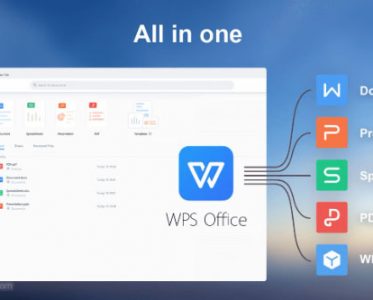Selective High School Placement Test is generally paper-based. The test consists of 3 components: mathematical reasoning, reading, and thinking skills, in that order.
- Reading – 25 items – 30 minutes
- Mathematical Reasoning – 35 things – 40 minutes
- Thinking Skills – 30 something – 30 minutes
- All questions are multiple-choice.
Preparation for the selective tests
If students know the kinds of questions they can encounter, they will feel more at ease during the testing procedure. Below are sample test questions from tests administered using paper so students can get accustomed to them. The Department of Education does not support any particular exam-preparation advice. The results of a student’s practice exams do not predict how well they will do on their Opportunity Class Placement Test. The selection committee won’t consider the outcomes of Selective Schools Practice exams or sample tests.
How self-paced practice with parental support helps?
Many parents choose to take care of it themselves. They spend money on a workbook or NSW Selective Schools Practice Test and let their child work through them at their own pace. If a child gets stuck on a subject or provides an incorrect answer, they will work through the issue with them until they come up with the correct answer.
Preparing for the test is a great strategy, but not all families will successfully use it. You know your family’s timetable, which might be restricted by parent capability. Please be aware that this test is challenging, and it can be too difficult for certain people to figure out the solution and be able to explain it in detail.
How classroom style preparation course helps?
Though several centers offer this service, some still need to. Your child will finish a structured curriculum with peers of similar aptitude while typically having one teacher on hand to address any questions. Moreover, these group classes frequently include a structured curriculum, and a good curriculum would have been created over many years, ideally by qualified educators.
The disadvantage is the need for more individualized attention and customizing of the curriculum; if your child excels in math but fails in English, you also need to devote extra time to helping them develop their English abilities. The needs of a student cannot be met in a group lesson.
What do you know about selective high schools and opportunity classes?
The department provides high-potential and gifted students with opportunity classes and selected high schools. It provides:
- Specific educational settings that also foster their mental capacity
- Classes with students with equivalent academic skills.
- A setting that supports their mental health and also social development.
- Opportunity classes are offered in primary schools from Years 5 to 6.
- They accept years 7 to 12 at affluent high schools.
A range of familial, economic, linguistic, cultural, and geographic circumstances can produce students with high potential and talent. According to the study, combining high-potential and talented students benefits their academic growth and improves their mental well-being.
Conclusion
The above-provided details and information will help you learn some beneficial facts and details regarding the selective high school placement test. For more informative data, please visit braindocacademy.com.au.


















